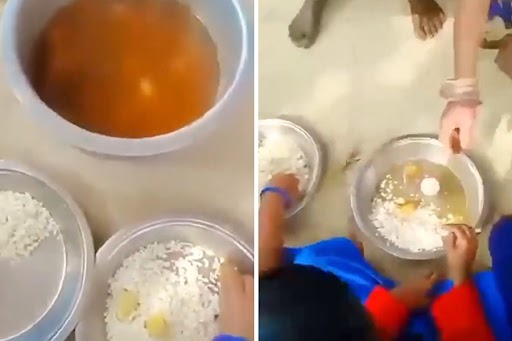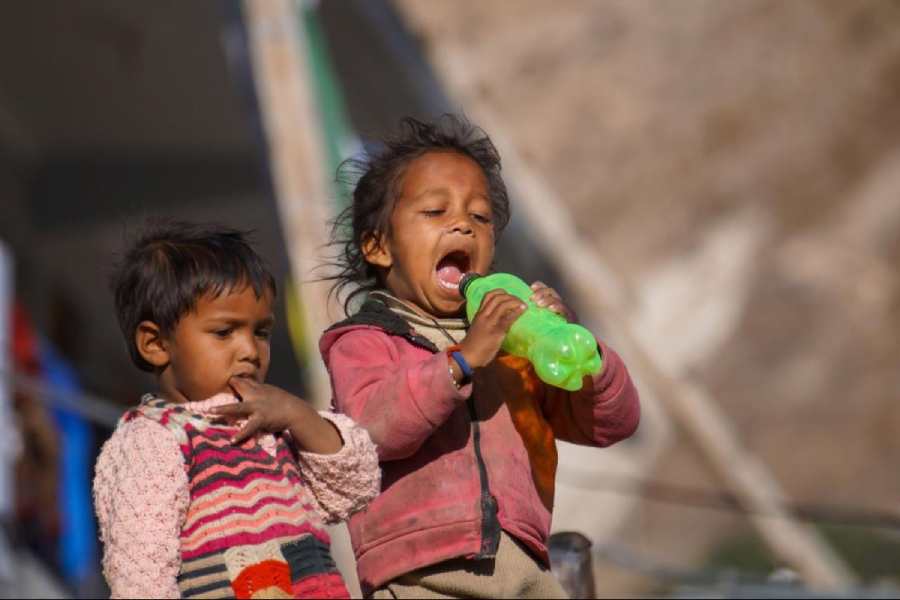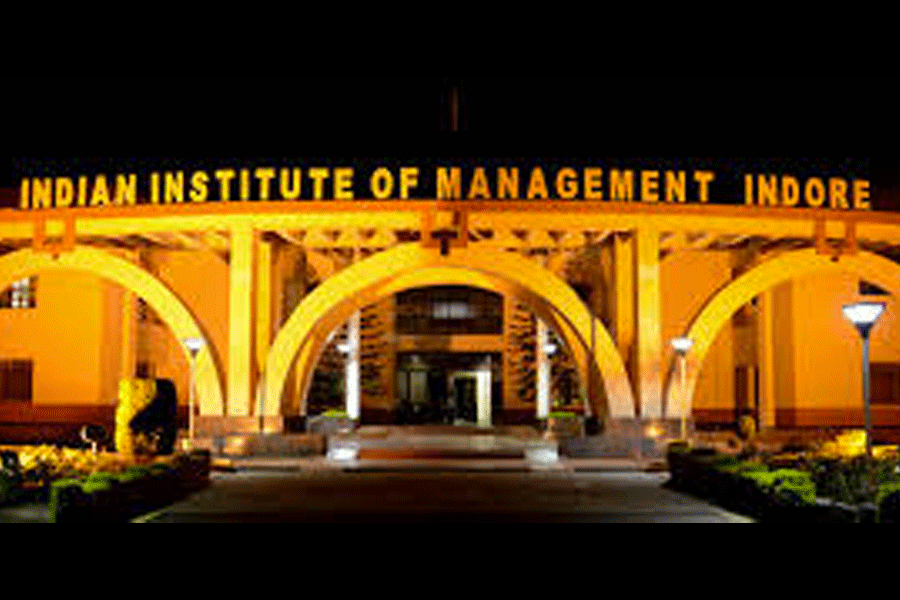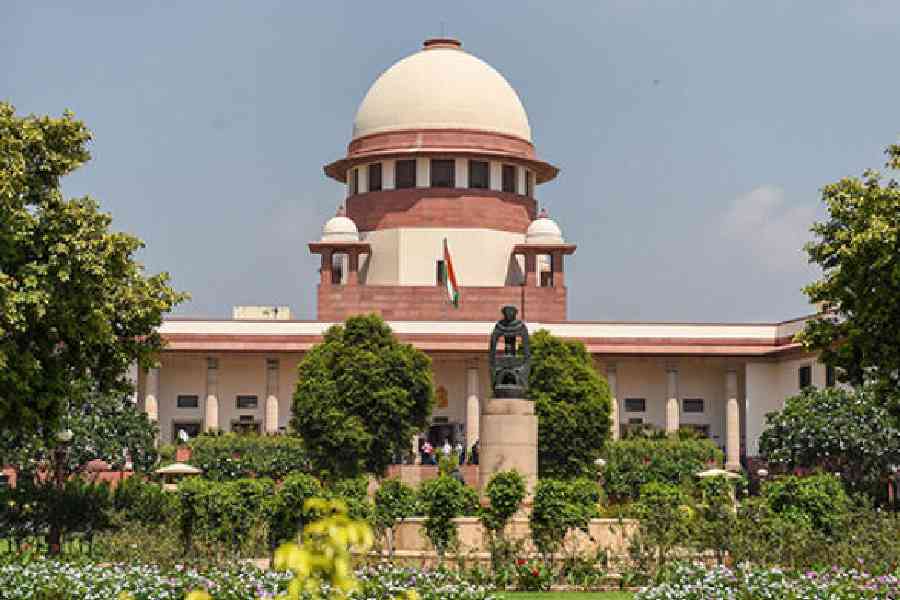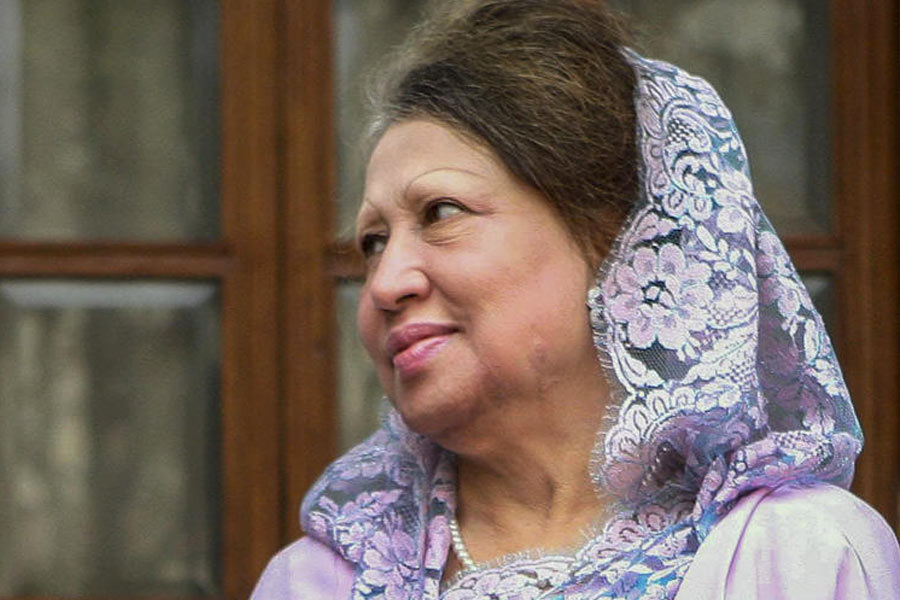A video showing children in a government school in Odisha being served boiled rice, a watery curry and a boiled egg each under the mid-day meal scheme has drawn outrage over child nutrition policies.
Congress MLA Sagar Charan Das from Kalahandi, Odisha, posted the video on his X (previously Twitter) handle.
“It’s deeply disheartening to see that children in government schools in Odisha are being served nothing more than boiled rice and watery curry under the mid-day meal scheme. If we can’t ensure nutritious meals for them, how can we expect them to concentrate, learn, and thrive?” Das wrote
The video has sparked some outrage.
“Absolutely shameful!” wrote one X user, replying to the post. “The BJP government never fails to spend crores on self-promotion, but when it comes to feeding our poorest children, they can’t even provide a proper, nutritious meal… Boiled rice and watery curry is not food, it’s an insult to the dignity of these students.”
Another added, “Aren’t funds for this scheme released based on the number of kids in the school? If they’re being served sub-standard meals, it means someone else is eating it before it reaches the kids.”
Spotlight on PM POSHAN scheme
The mid-day meal scheme, renamed as PM POSHAN (Pradhan Mantri Poshan Shakti Nirman), provides one hot cooked meal per day to primary and upper primary schoolchildren in government and government-aided schools across India.
Its stated goals include improving nutritional status, boosting enrollment and attendance, and reducing dropout rates.
The scheme provides a minimum of 450 calories and 12 grammes of protein for children in primary classes (1-5) and 700 calories and 20 grammes of protein for those in upper primary classes (6-8).
Discrepancies in national nutrition data
The scheme claims to cover over 95 per cent of children in anganwadi centres (government-run childcare centres), researchers have raised red flags about what they called discrepancies between the Poshan Tracker – a government app – data and the National Family Health Survey (NFHS) 2019-21.
A 2024 commentary by researchers Lindsay Jaacks (University of Edinburgh), Ananya Awasthi, and Apoorva Kalra (Anuvaad Solutions) pointed out substantial gaps. Using Poshan Tracker data from September 2023, they found that it significantly underreported the number of underweight and wasted children compared to the NFHS data.
The prevalence of underweight children in the Poshan Tracker was 13.7 percentage points lower than in the NFHS, per the study.
The study pointed out that “wasting,” a marker of severe malnutrition, was underreported by 12.1 percentage points, while stunting (chronic undernutrition) appeared 1.8 points lower.
Even the rate of overweight children was reported slightly higher in the Poshan Tracker by 0.68 percentage points, the study claimed.
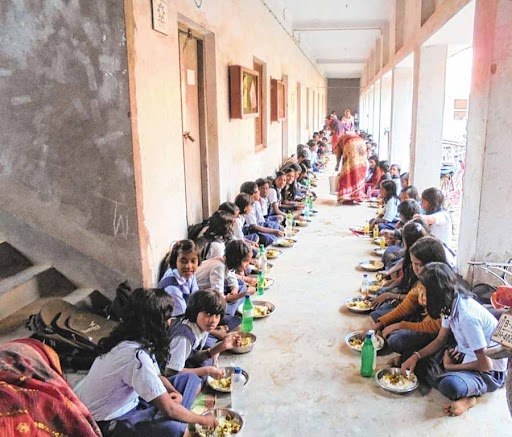
The Telegraph Library Picture
“Whether this reflects genuine improvement or measurement inconsistencies remains an open question,” the authors wrote in The Lancet Regional Health Southeast Asia. “But the divergence in numbers could mean underestimation of needs on the ground.”
At the heart of the problem, the researchers said, is the methodology of data collection. In many cases, frontline anganwadi workers already overburdened are responsible for measuring children’s weight and height and uploading the information via the mobile app.
Are mid-day meals nutritious enough?
“We are just focusing on the protein bit but fats are also important,” Dr Sabyasachi Das, consultant paediatrician at the Woodlands Multispeciality hospital in Kolkata, told The Telegraph Online.
“A clinical dietician might talk about how much protein and fat the plate has but just rice and egg is clearly not enough. As doctors we always suggest home-cooked food for children which is nutritious.”
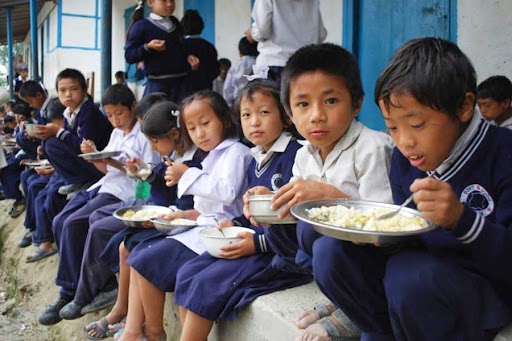
Children having food under mid-day meal scheme at Government Primary School Parbing, East Sikkim.(The Telegraph Library Picture)
Dr Mayuri Roy, a consultant dietician, said: one egg can only give 6 grammes of protein.
“Children must at least be fed soya bean,pulses and vegetables to meet the daily protein requirement,” Roy said. “Also, for many of India’s poorest families, the mid-day meal is the only guaranteed meal their children receive in a day so they should be given pulses and fats. One does not need to feed animal protein if that is difficult to afford, even masoor dal has more protein than other dals that can be given to the children.”
How Bengal fares in mid-day meals
In Bengal, the mid-day meal menu varies from school to school depending on the strength of students and available resources, an officer in the state education department told The Telegraph Online, requesting anonymity.
“Typically, chicken is provided once a week and eggs are served based on student strength,” the officer said. “There is always some form of vegetable curry as part of the daily meal. Khichuri with beguni or papad is very popular and is often served during the rainy season, but such combinations can’t be given regularly due to budget constraints. In a 15-day cycle, meat is expected to be served at least once.”
In December last year, following a spate of complaints about irregularities and corruption, the Bengal government had directed all districts to conduct social audits of the midday meal scheme and the public distribution system.

